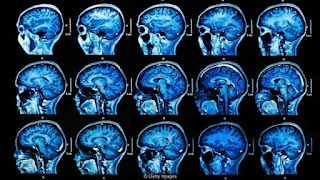New Tool for Studying Alzheimer’s Disease
Scientists in Dresden, Germany, have been successful in
mimicking mechanisms of Alzheimer's disease in a novel, stem cell-based model
system that reproduces features of human brain tissue. This experimental tool
can be used to study mechanisms of pathology and help to find new therapeutic
approaches, the researchers say. Their results, published in DevelopmentalCell, indicate that modulating the immune system can trigger neuronal repair
processes and thus possibly help the brain to better cope with Alzheimer's.
The study involved the German Centre for Neurodegenerative Diseases (DZNE), the Leibniz Institute of Polymer Research Dresden (IPF), the
Centre for Regenerative Therapies Dresden at the TU Dresden (CRTD) and further
institutions from Germany and abroad.
By using the new disease model, the researchers discovered
an approach to instruct stem cells to produce neurons and kick-start repair
processes, i.e. 'neuronal regeneration'.
"Neural stem cells are the progenitors of neurons. They
occur naturally in the brain and as such they constitute a reservoir for new
neurons. However, in Alzheimer's neural stem cells lose this ability and
therefore cannot replace neurons lost due to the disease," explains Dr.
Caghan Kizil, head of the current study and research group leader at the DZNE
and the CRTD.
"Our results suggest that modulating the immune system
can unlock the potential of neural stem cells to build new neurons. These new
cells foster regeneration and could possibly help the brain to better cope with
the disease. This points to a potential approach to therapy, which we intend to
further explore. If it will work out in humans, we cannot say at this stage. At
present, this is still fundamental research."
Know more at: https://alzheimers-dementia.pulsusconference.com/




Comments
Post a Comment